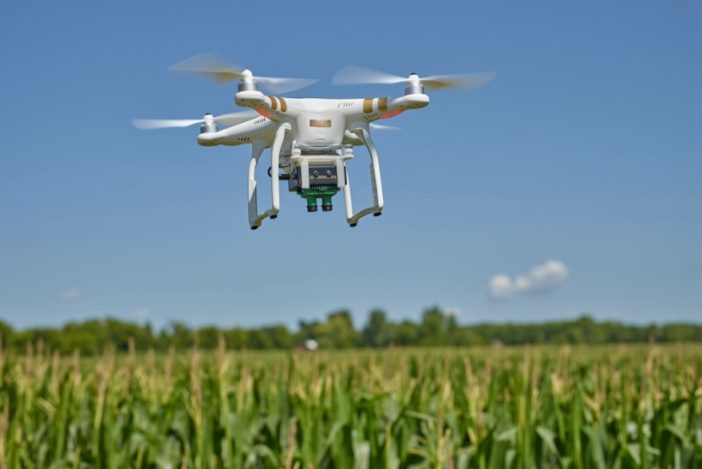

One of the world’s major problems that the Sustainable Development Goals (SDG) seeks to tackle by 2030 is hunger. Hunger and nutritional deficiency weaken the immune system of humans while leaving them prone to chronic diseases and infections including high blood pressure and diabetes.
Statistics from the World Counts estimates that “about nine million people die of hunger and its related diseases every year.” It is also estimated that a child dies from hunger every 10 seconds. In summation, that is 3.1 billion children a year. In 2022 alone, approximately 1,122,510 have died as a result of hunger.
These numbers surpass that of malaria, Aids, and Tuberculosis combined. Hunger is a global pandemic and no human deserves to be subjected to the pain and sorrow it brings.
It is my hope that a day would come when snapshots of malnourished and starving children from Africa would cease to be taken, that the innocent smiles of the African child’s face will be genuine and contagious, that one day hunger will be totally eliminated and every human being will have access to proper nutrition.
According to the United Nations, the population of Africa as of February 14, 2021, stood at 1,393,790,153 which is equivalent to 16.72% of the world population. With this population trend, Africa is the second most populous continent in the world, only behind Asia. However, it is sad to note how the youth of Africa have no appetite in the growing trends of agriculture, given how powerful it is, as an arsenal for solving world hunger and poverty.
The disinterestedness of the youth in agriculture is due to how it is framed and designed in the continent – not sexy or unattractive. The perception of farming within the average class of Africans is that it is a venture for the destitute and have-nots. I am yet to sight a promotional activity on agriculture, either on television or on a brochure with images of young university graduates or people with the classical western attire (suit and tie) supervising or taking up responsibilities on the farm. It has always been a devastated old man or a woman with a hoe placed on their left shoulder and a woman carrying a pan with a cutlass.
Agricultural productivity has to be doubled by 2030 to meet the demands of the constantly growing population of Africa. Agriculture in Africa is bedevilled with numerous inadequacies such as information asymmetry, inadequate funding opportunities, land disputes, poor road and transportation networks, as well as inadequate storage facilities.
The problems of hunger and famine in Africa can be best tackled through the implementation of sustainable agricultural policies. This can be achieved through the continental bloc – AU, regional blocs, i.e SADC, ECOWAS, ECCAS, EAC, AMU and COMESA, multinational corporations and private individuals investing more in the agricultural sector and providing funding opportunities for young people. In addition, government’s need to make it an integral part of their developmental agenda. What’s more, information technology poses itself as the next emerging revolutionary to spur the growth of agriculture.
With contemporary advancements in Information technology and its expeditious growth, it has a high tendency of transforming Africa’s agrarian economy. The Agricultural sector has recently been catalyzed by innovations such as smart agriculture, where sensors pick up data such as topography, soil type, climate etc. and use it to make best farm practice decisions.
To fully utilize the existence of modern technology to combat hunger and famine, the establishment of modern technology infrastructure, digitalization of the processes of farming and the distribution of the same is the way forward. This will help to create a more sustainable, cost-effective agricultural sector.
Digitalizing the agricultural sector helps ease the struggle of crop monitoring, connects buyers and sellers, breaks the barriers of information asymmetry, and therefore, helps farmers to come up with best farm practices.
Leveraging on existing e-commerce platforms like Jiji will also go a long way to salvage the situation. In 2014, Alibaba — the Chinese e-commerce platform began a project called; “Rural Taoboa”. Rural Taobao serves as an online market where farmers buy their farm products, have the products delivered, sell and transport their farm outputs to the traditional markets, all on the same platform. This is a clear demonstration that it can be done here too.
In our backyard, Niger of West Africa, a technology company called Novatech Technology developed an Interactive Voice Response Platform (IVR) called E-KOKARI. The platform allows farmers to access important details about weather forecasts, crops, relative prices on the market and relevant information to agriculture. It has a relatable interface that gives feedback in the primary languages of the people of Niger, that’s, Hausa, Zarma and French. One can simply ask questions and get feedback through a voice format. This feature is a breakthrough technology because the majority of the farming population are illiterate.
The astonishing fact about IVR is that it is still at the prototype stage of development but has a promising future. The developers of the application have made it reproducible in neighbouring countries. My hope is that the regional bloc of West Africa would see it as something worthy of investment and expansion, as it would help us to bridge the lacuna within Africa’s agricultural sector.
As various sectors of the world economy evolve through digitization, so should agriculture, because it is the lifeline of many economies. A digital agricultural economy would save time, make information available to farmers, connect farmers from different parts of the continent and lower the cost of farming. As Africa prepares to go digital, it is imperative that developers and funders of digital agriculture incorporate the voices of all prospective users.
